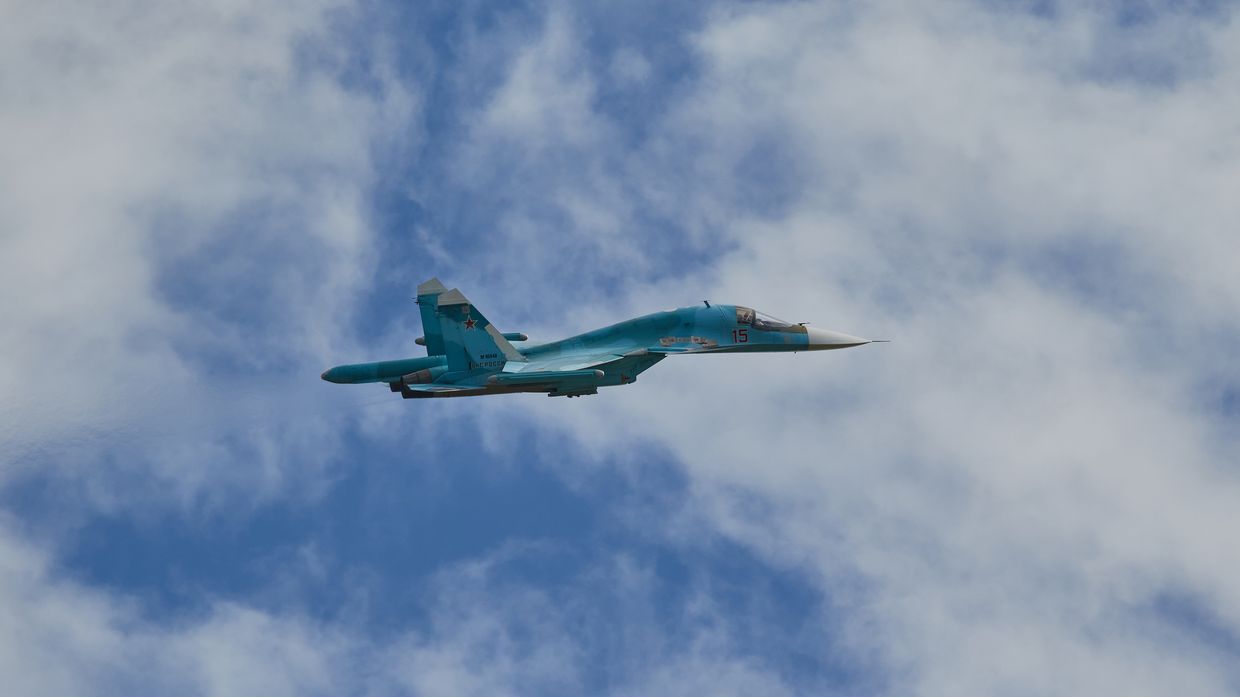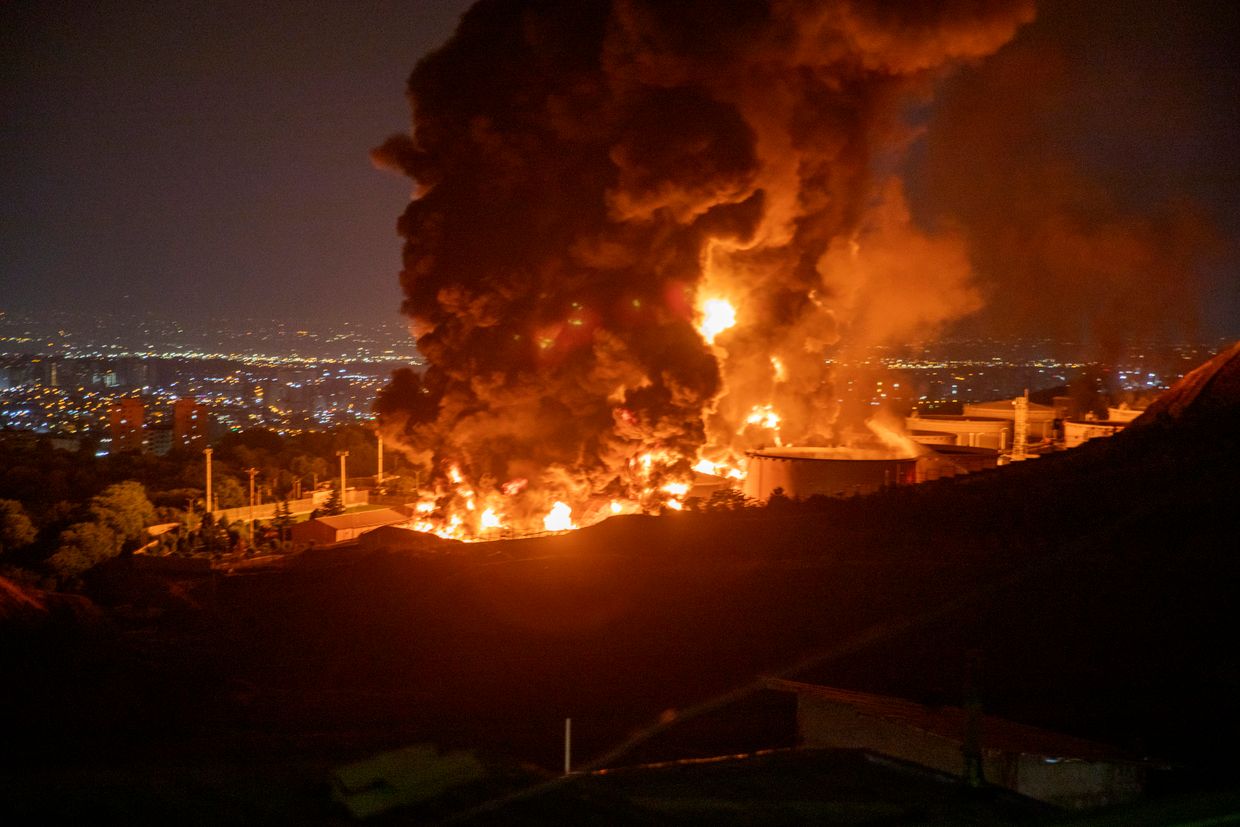Ukrainian drone strike on Russian airfield hits bomb depot, aircraft

Ukraine targeted the Borisoglebsk airfield in Russia's Voronezh Oblast overnight on July 5, damaging a warehouse with guided bombs, aircraft, and other military assets, Ukraine's General Staff reported.
The airfield hosts Su-34, Su-35S, and Su-30SM jets thatRussia regularly uses in air strikes against Ukraine, according to the military. The strike may have destroyed a training and combat aircraft, with further assessments underway.
The NASA Fire Information for Resource Management System (FIRMS) detected a fire near the Borisoglebsk military airfield shortly after the strike. Residents in the area reported 8–10 powerful explosions around 2 a.m. local time, according to Russian independent outlet Astra.
The strike was part of a broader overnight drone campaign across Russia, with explosions and fires reported in at least six regions.
The Russian Defense Ministry said 42 drones were intercepted within a three-hour period, most of them over Belgorod, Bryansk, and Kursk oblasts, which border Ukraine.
Leningrad Oblast Governor Alexander Drozdenko said two drones were downed south of St. Petersburg, prompting a temporary suspension of flights at Pulkovo airport. No casualties or damage were reported.
The governor of the Smolensk Oblast in western Russia said anti-aircraft units downed three drones without casualties or damage. The governor of the Voronezh Oblast, bordering Ukraine, also confirmed the destruction of several drones.
Explosions were also heard overnight in Cheboksary, the capital of the Chuvash Republic, where video footage shared online showed a fire reportedly at a local industrial site.
Additionally, explosions were heard during the night in Engels, Saratov Oblast, with some Telegram channels suggesting a military airfield was likely targeted.
The attacks come as Russia escalates aerial assaults on Ukraine, prompting Kyiv to increase long-range drone strikes on Russian military targets.
Ukrainian officials say these drone operations aim to undermine Russia's strike capabilities and bring the war closer to those enabling the Kremlin's campaign.


